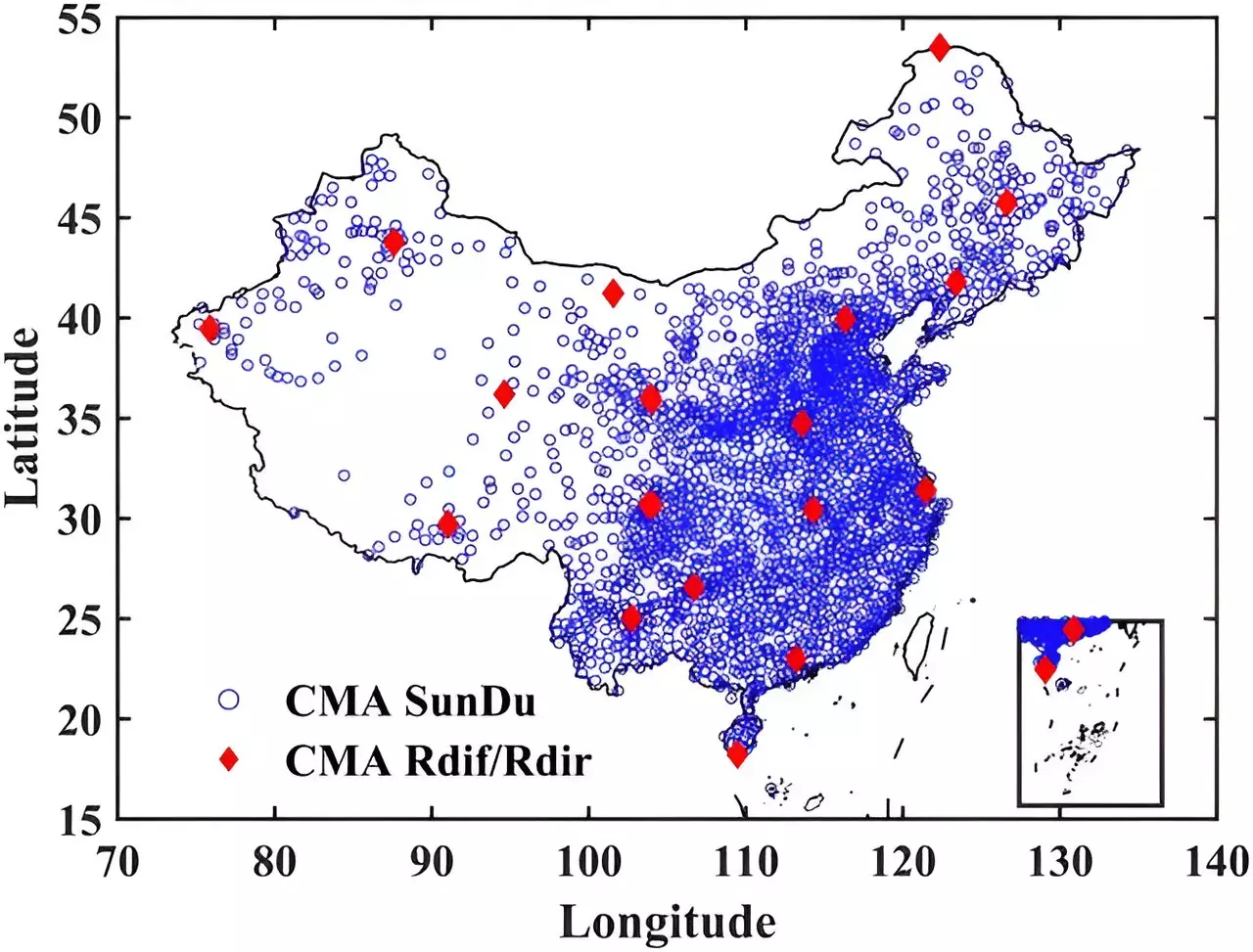A recent study published in the Journal of Remote Sensing introduced a groundbreaking approach to estimating solar radiation components. Researchers utilized data augmentation in combination with the LightGBM machine learning model to predict both diffuse and direct solar radiation. By leveraging sunshine duration data obtained from a large number of weather stations across China, the study overcame the limitations of sparse and unevenly distributed ground-based observations.
The key innovation of this research lies in the application of machine learning algorithms trained on augmented datasets. This methodology allows for the prediction of solar radiation components with unparalleled accuracy. One of the most significant aspects of this approach is that it does not rely on local ground truth data for calibration, making it a universally applicable solution. The validation of the model against independent datasets not only affirmed its effectiveness within China but also highlighted its potential for global application.
The creation of a new satellite-based dataset as a result of this study represents a major advancement in the field of solar energy research. This dataset offers superior accuracy compared to existing datasets and provides a detailed spatial distribution of solar radiation components. This information is crucial for advancing solar energy research and deployment, as it offers insights that can lead to more efficient and optimized solar energy production.
Professor Kun Yang, the lead researcher from Tsinghua University, emphasized the significance of this innovative approach. He stated, “Our method significantly enhances the accuracy and applicability of solar radiation component estimates, paving the way for optimized solar energy utilization across China and potentially worldwide.” This highlights the transformative potential of the research findings in revolutionizing solar energy utilization on a global scale.
The study not only sets a new standard for estimating solar radiation but also provides a scalable solution with global implications. The newly developed satellite-based dataset offers precise information and in-depth spatial analysis of solar radiation components. This advancement is particularly crucial for the solar energy sector, as it enables more strategic site selection and system optimization, especially in regions with high solar energy potential.
The integration of data augmentation and machine learning in solar radiation estimation represents a significant leap forward in the field of solar energy research. The combination of these technologies not only enhances the accuracy of solar radiation predictions but also opens up new possibilities for optimizing solar energy production on a global scale. The study’s findings have the potential to revolutionize the way solar energy is harnessed and utilized, paving the way for a more sustainable and efficient future.



Leave a Reply